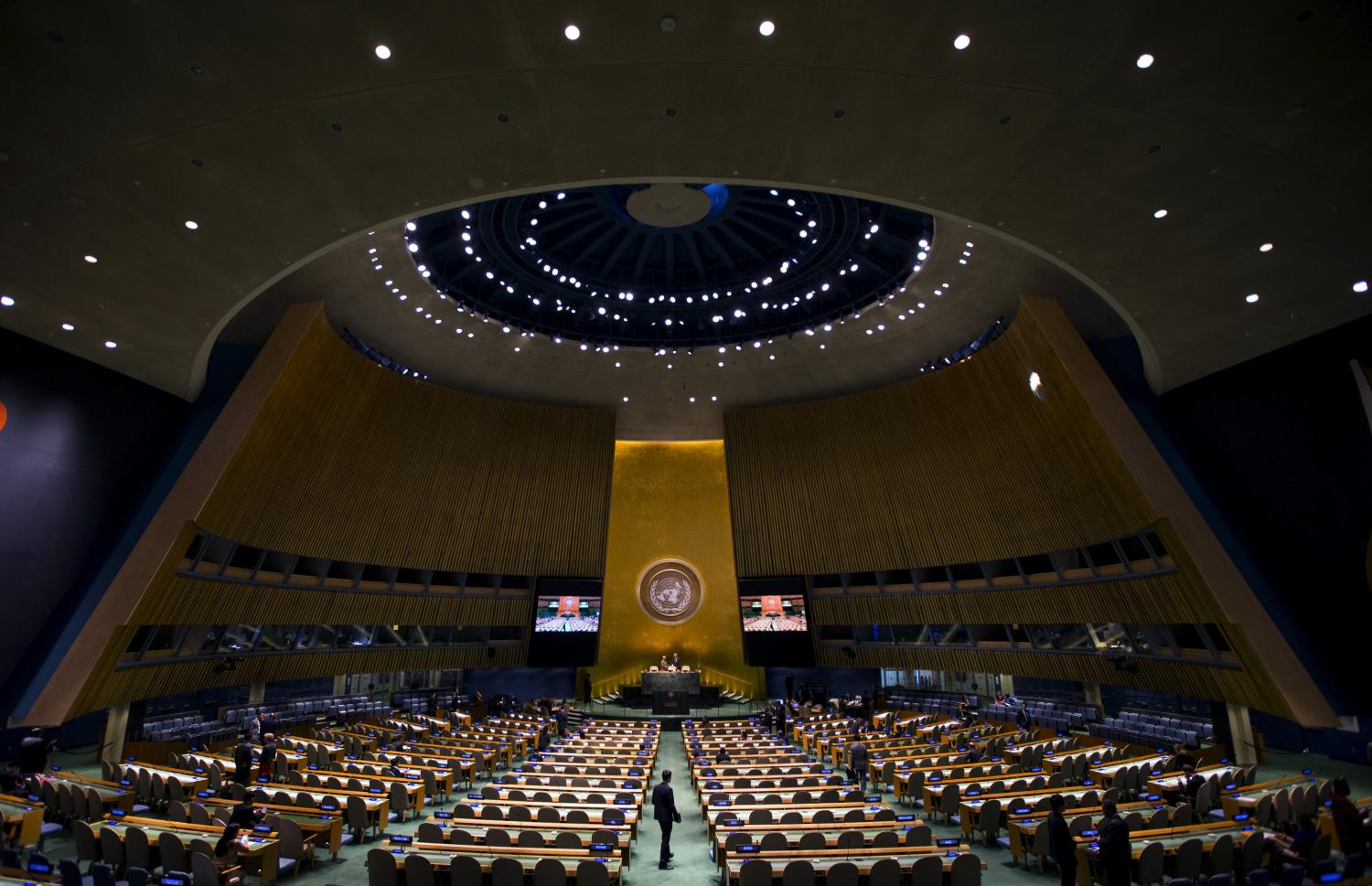Introduction
In the past decade, Russian-Chinese relations improved dramatically––reaching what appeared to be a high point in 2008 before Russia felt the full impact of the global economic downturn. Russia and China increased bilateral trade; concluded a range of economic and political agreements; and forged a new political institution in Central Asia, the Shanghai Cooperation Organization, all driven by a strong mutual interest in increasing their economic relationship, especially in the energy sphere. In 2008, after an often turbulent history marked by territorial grabs, an outbreak of war in the late 1960s, and tensions surrounding the migration of Chinese workers into Russia’s sparsely-populated Far East, Moscow and Beijing finalized a landmark border agreement. They resolved their last outstanding territorial disputes, reinforcing the agreement with a good neighborly relations treaty.
Against this backdrop throughout the 2000s, Russian and U.S. analysts debated whether Russia’s economic and energy relations with China would provide a longer-term alternative to Russia’s relations with Europe, and if a Russian-Chinese “authoritarian” model for economic development could eventually displace Western liberal capitalism given Russia’s and China’s impressive growth rates. The two countries’ seeming convergence on a number of political issues––such as questioning U.S. primacy in global political and financial matters, preserving the authority of the UN Security Council, institutionalizing the G20, opposing the independence of Kosovo, and resisting international efforts to impose sanctions on Iran and take harsh measures against North Korea––also encouraged speculation that improved Russian-Chinese relations could eventually translate into a “strategic partnership” that would act as a counterweight to the United States and the transatlantic alliance. Frequent cordial summits and high-level visits, and often enthusiastic Russian rhetoric about the excellent state of relations, seemed to put China at the top of Russia’s economic and strategic agenda.
The decade ahead, however, seems more challenging for Russian-Chinese relations than 2000-2010, given economic and demographic disparities between the two countries and a number of other trends tracking in China’s rather than Russia’s favor. China has recovered more quickly from the effects of the economic crisis and seen both its economic and political weight increase relative to other major regional and global powers. Russian concerns that Moscow does not have the capacity to compete economically with a rising China, and may even eventually be relegated by Beijing to the status of “junior partner” politically, have come to the surface.
Bilateral energy cooperation, which has been the most visible and commented-on feature of the Russian-Chinese relationship, is likely to continue to feature a one step forward, two steps back dynamic especially given increasing competition between Moscow and Beijing over access to energy resources in the Caspian region and Central Asia. Other differences in foreign policy and security perspectives make it difficult to envision the creation of a sustainable strategic partnership. Fears of an energy-fueled Russian-Chinese alliance against U.S. interests that darkened some American analyses of the relationship in the 2000s may fade to more nuanced shades of gray in 2010-2020, as Russia and Chinese interests begin to diverge.
Read the full paper »
Access map of East Siberia – Pacific Ocean Pipeline »
The Brookings Institution is committed to quality, independence, and impact.
We are supported by a diverse array of funders. In line with our values and policies, each Brookings publication represents the sole views of its author(s).




